While most e-readers can display special characters (such as and ), many cannot search for words containing them, unless the special characters themselves are typed into the search box. If you are unable to type these characters, please browse for your term using the .
OXFORD QUICK REFERENCE
A Dictionary of
Media and Communication
Daniel Chandler is a faculty emeritus at Aberystwyth University, where he established the Media and Communication Studies degree in 2002. He is the author of
Semiotics: The Basics (Routledge, 3rd edition 2017), which has been translated into several languages (including Korean, Farsi, Arabic, Polish, and Chinese), and he is a consultant in marketing semiotics. Rod Munday is a lecturer in digital culture and gaming at Aberystwyth University.

A For recommended web links for this title, visit www.oxfordreference.com/page/media when you see this sign.

Great Clarendon Street, Oxford, OX2 6DP, United Kingdom Oxford University Press is a department of the University of Oxford.

Great Clarendon Street, Oxford, OX2 6DP, United Kingdom Oxford University Press is a department of the University of Oxford.
It furthers the University's objective of excellence in research, scholarship, and education by publishing worldwide. Oxford is a registered trade mark of Oxford University Press in the UK and in certain other countries Text Oxford University Press 2011, 2016, 2020 The moral rights of the authors have been asserted First published 2011 Second edition online only 2016 Third edition 2020 Impression: 1 All rights reserved. No part of this publication may be reproduced, stored in a retrieval system, or transmitted, in any form or by any means, without the prior permission in writing of Oxford University Press, or as expressly permitted by law, by licence or under terms agreed with the appropriate reprographics rights organization. Enquiries concerning reproduction outside the scope of the above should be sent to the Rights Department, Oxford University Press, at the address above You must not circulate this work in any other form and you must impose this same condition on any acquirer Published in the United States of America by Oxford University Press 198 Madison Avenue, New York, NY 10016, United States of America British Library Cataloguing in Publication Data Data available Library of Congress Control Number: 2019955495 ISBN 9780198841838 ebook ISBN 9780192578938 Printed and bound in Great Britain by Clays Ltd, Elcograf S.p.A. Links to third party websites are provided by Oxford in good faith and for information only.
Contents
Only connect E. M. M.
Forster
The third edition represents the return of this dictionary to print. A distinctive feature is its significantly greater coverage of social media, already featured in our supplementary online
Dictionary of Social Media. Raising the profile of networked communication is in harmony with our aspiration to stimulate relational thinking. As the epigraph suggests, a key mission from the start has been to make connections across this highly multidisciplinary field, in support of which an extensive network of cross-references serves as a conceptual map. We hope that readers will find the book to be a useful analytical toolkit in the study of interpersonal, mass, and networked communication. It covers both academic theory and professional practice and reflects a variety of paradigms.
Specialists will thus encounter terms and concepts with which they are unfamiliar or which may even seem alien: a sobering reminder of the bewilderingly diverse discourses confronting the neophyte. Seeking connections between disparate perspectives could hardly be a more pressing imperative in this post-truth era: the future of our networked society depends upon us all communicating beyond our own echo chambers. Our thanks go to friends and colleagues who have commented on drafts for this edition, especially Ed McDonald, Jamie Medhurst, and Paul Merrett; however, they are not implicated in our final editorial decisions. Note: This is not a biographical dictionary; however, the life details of those named in entries, where available, are provided in the appended . Daniel Chandler and Rod Munday Aberystwyth, April 2019
. goes.

http://www.boxesandarrows.com/view/blasting-the-myth-of Blasting the myth of the fold . of a contemporary thriller. . . .

http://www.widescreenmuseum.com/widescreen/evolution.htm Aspect ratios from a computer. . and web design agencies, the person who acts as the intermediary between the agency and the client, whose job is to interpret the clients brief and manage the process of its realization. . . . . . . . are thus inseparable parts of a sociotechnical system. . . . ). . of speech involving deviation (
mutatio): in this case, the addition of elements. . . . . . . where an actor records lines of dialogue roughly in synchrony with a characters onscreen lip movements, which are then digitally manipulated to achieve a closer match. . . . .

http://www.hatads.org.uk/ History of Advertising Trust . . as effectively as possible. . . . which analysts seek to identify and deconstruct. . . . . . . ). . . . of contemporary commentators at the time of its creation and how it is viewed at the current time (Jauss). . . . , but affect leaks into all human behaviour and cognition. . simultaneously. ).
Display rules are culturally variable; however, affect displays are not necessarily intentional. . . . . . . . . . . . . . . . . . . . . .

https://www.newyorker.com/culture/photo-booth/the-photo-book-that-captured-how-the-soviet-regime-made-the-truth-disappear How the Soviet regime made the truth disappear . .

http://www.ted.com/talks/kevin_slavin_how_algorithms_shape_our_world How algorithms shape our world: A TED talk . . caused by a low sample rate, which is unable to approximate higher frequencies.


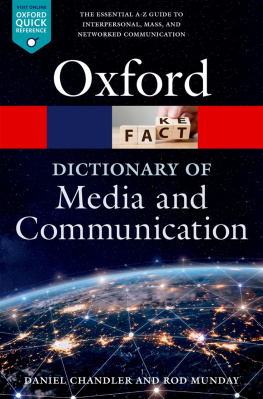




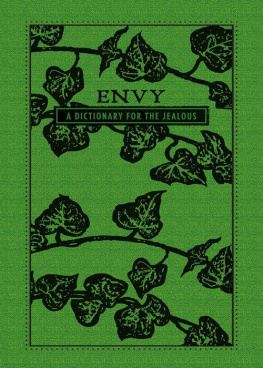
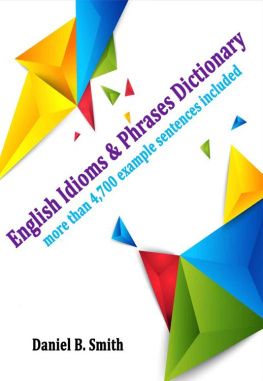
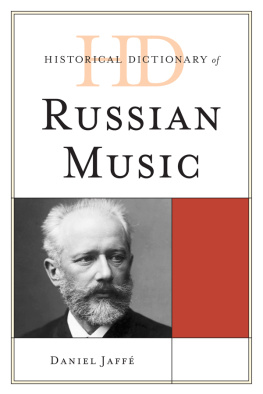
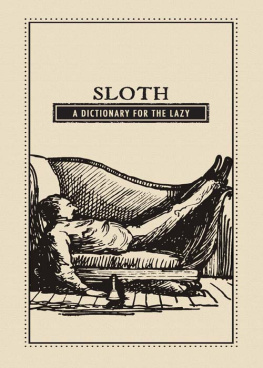

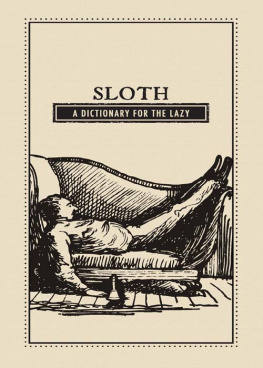

 A For recommended web links for this title, visit www.oxfordreference.com/page/media when you see this sign.
A For recommended web links for this title, visit www.oxfordreference.com/page/media when you see this sign.  Great Clarendon Street, Oxford, OX2 6DP, United Kingdom Oxford University Press is a department of the University of Oxford.
Great Clarendon Street, Oxford, OX2 6DP, United Kingdom Oxford University Press is a department of the University of Oxford.